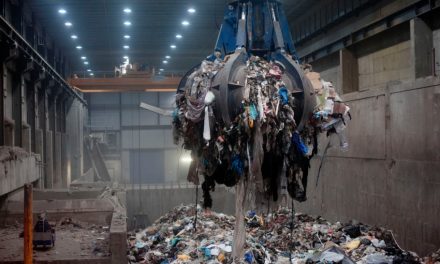China’s longstanding reputation as the world’s worst polluting country has once again been affirmed following the release of a new government report on the quality of the nation’s drinking water. The Ministry of Land and Resources reportedly notified state media that an overwhelming 60 percent of the groundwater in China is now too polluted to drink, up from 57.4 percent two years ago.
Water quality tests conducted in 203 cities throughout China revealed exceptionally high levels of contaminants, rendering the water either “relatively poor” or “very poor” on the safety scale. Water in the “relatively poor” category can be safely drunk as long as it undergoes pretreatment, while “very poor” water cannot be used for drinking water under any circumstances.
According to the report, the vast majority of China’s groundwater falls into either of these two categories, meaning only a very small percentage of it is actually pure at the source. It is no wonder then, with its rapid industrialization and gradual takeover of American industry, that China’s economic successes have led to massive environmental pollution.
Besides the cities evaluated, authorities also monitored water in several thousand different rural areas, many of which were also polluted. Overall, 43.9 percent of monitored sites in both cities and rural areas were found to be “relatively poor,” while nearly 16 percent tested as “very poor.” And while 647 sites have seen water quality improvements since 2012, 754 others became worse.
“According to China’s underground water standards, water of relatively poor quality can only be used for drinking after proper treatment,” reads an official article from the Chinese news source Xinhua. “Water of very poor quality cannot be used as a source of drinking water.”
20 percent of Chinese farmland polluted with heavy metals
The consequences of this extend well beyond just drinking water, as pollutants first have to touch soil before seeping into groundwater. This means that farmland soil throughout China is also becoming tainted, a fact reiterated by China’s environmental ministry in a separate but perhaps equally disturbing report issued just prior to the water quality report.
Experts say that as much as 16 percent of China’s total land area is severely polluted, with nearly 20 percent of its farmland also affected. Among the inorganic elements being detected in soils are heavy metals like cadmium, which as we have recently been reporting are turning up in many dietary supplements, protein powders, superfoods and other products.
In fact, many popular herbal and dietary supplements contain ingredients grown or produced in China, which means whatever is going on over there is also, by proxy, going on here. Many vitamin C products for instance, which are labeled with names like ascorbic acid or sodium ascorbate, are made in China, as are many products that contain brown rice protein.
“China’s top vitamin and supplement production areas are among the most polluted in the country (and thus in the world),” explains a report by The Epoch Times. “China-made vitamins are everywhere, and even those who do not consume vitamins and supplements can hardly escape,” it adds, noting that many of the synthetic vitamins added to conventional cereals and other foods come from China.
Natural News is on the cutting edge of supplement safety and quality, having recently launched a forensic food lab that tests for heavy metal content in food and dietary supplements. This lab also enabled the first-ever discovery of tungsten in rice protein, which is one of many discoveries helping to raise the bar in the natural products industry.
*Article originally appeared at Complete Health and Happiness.












